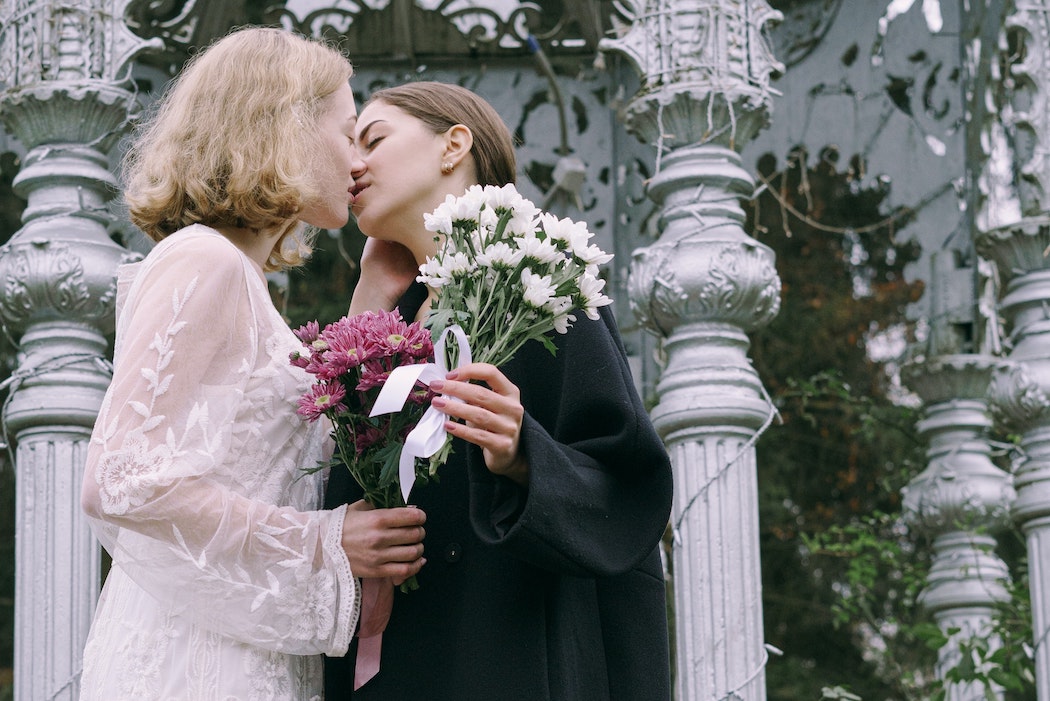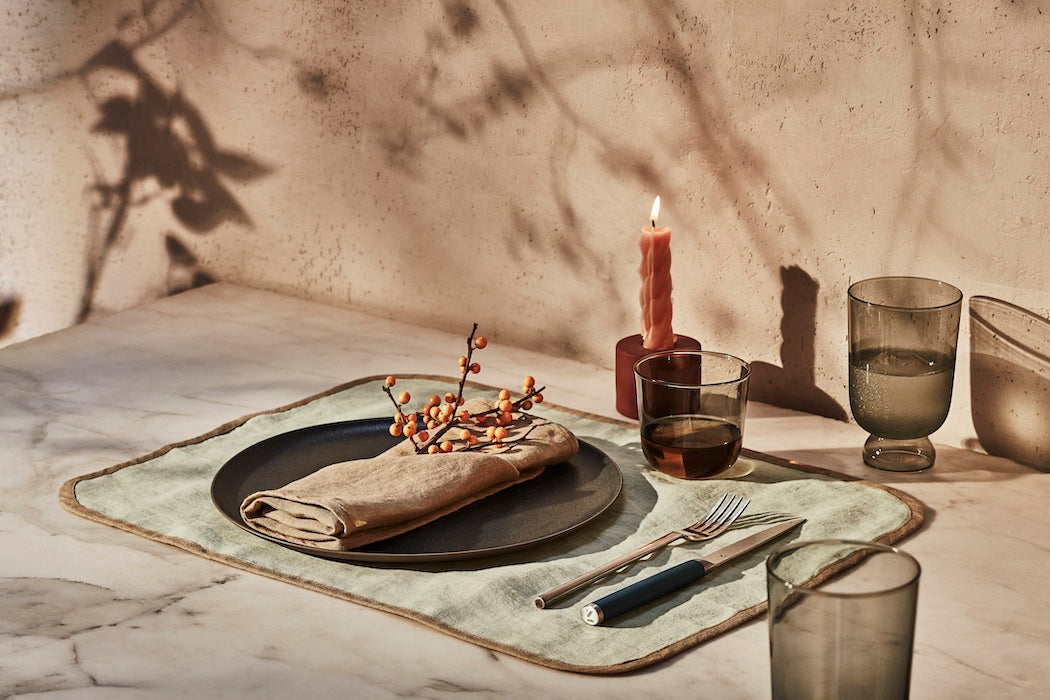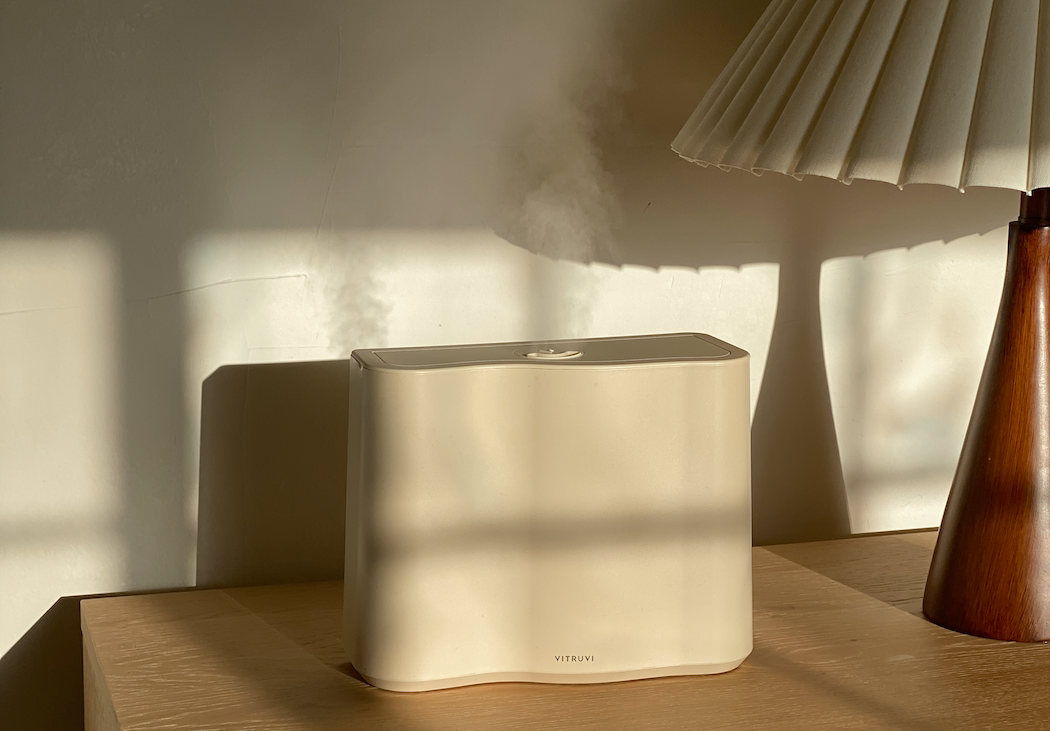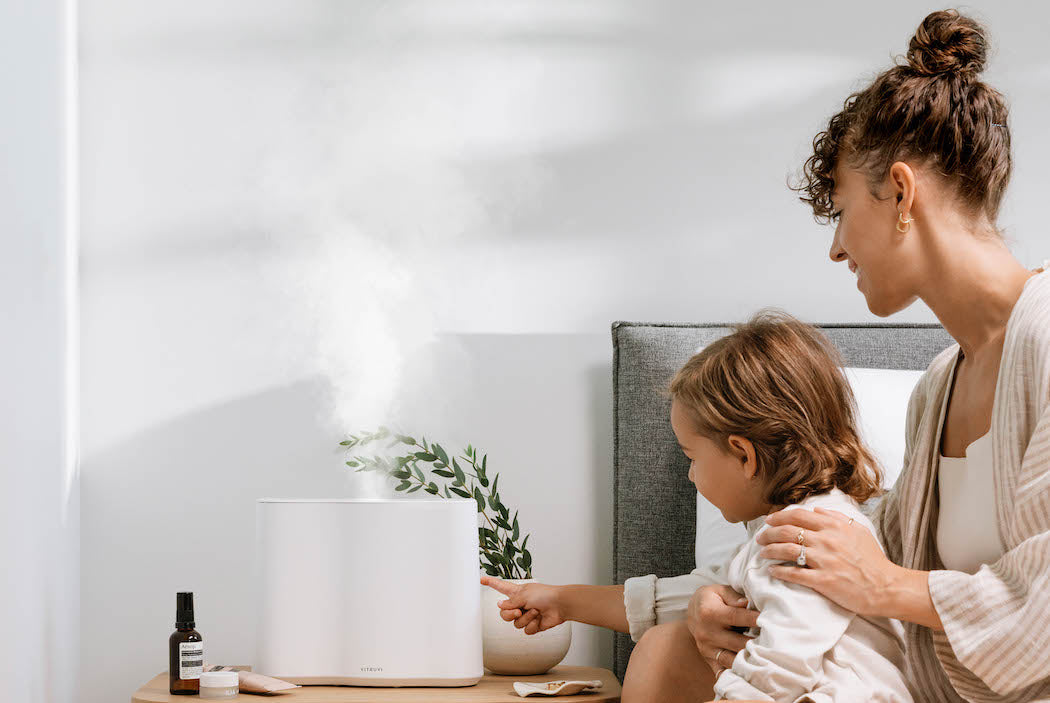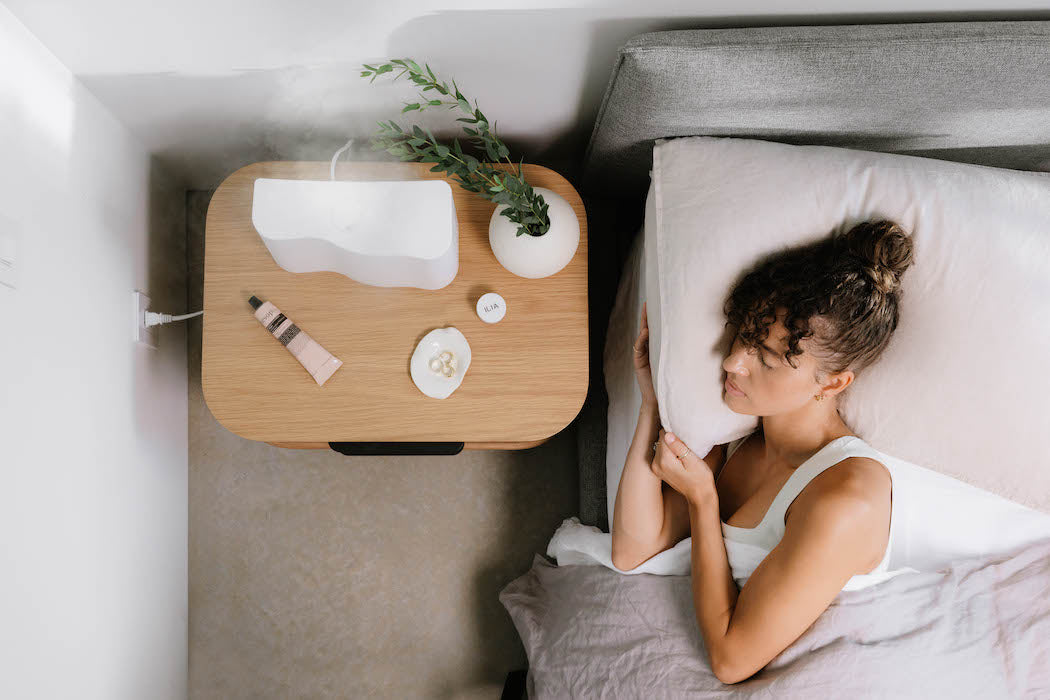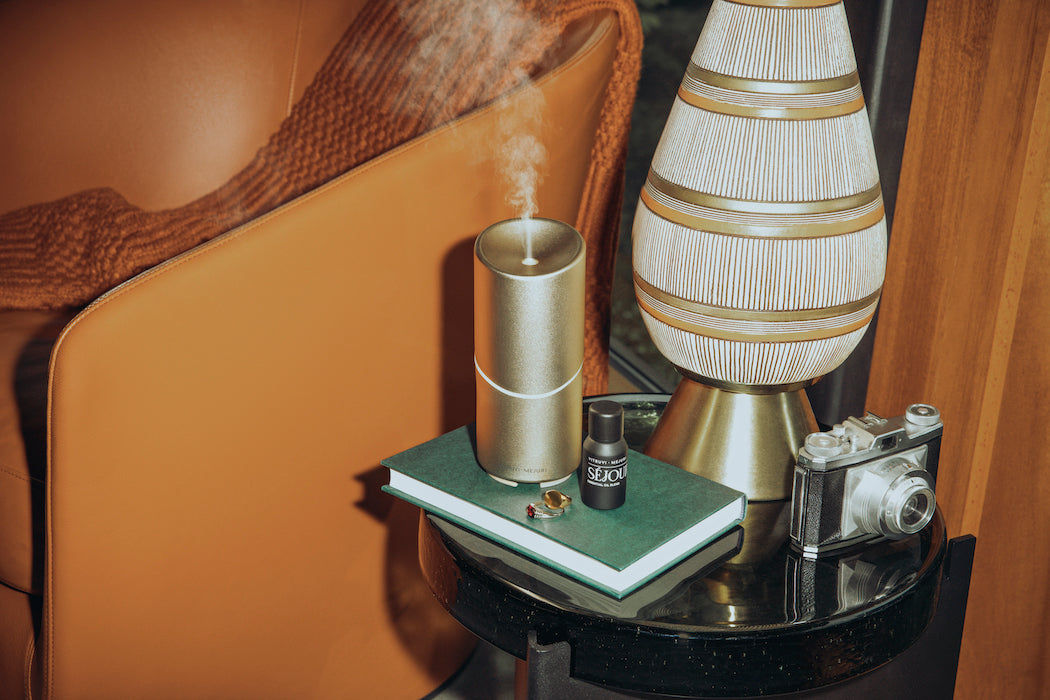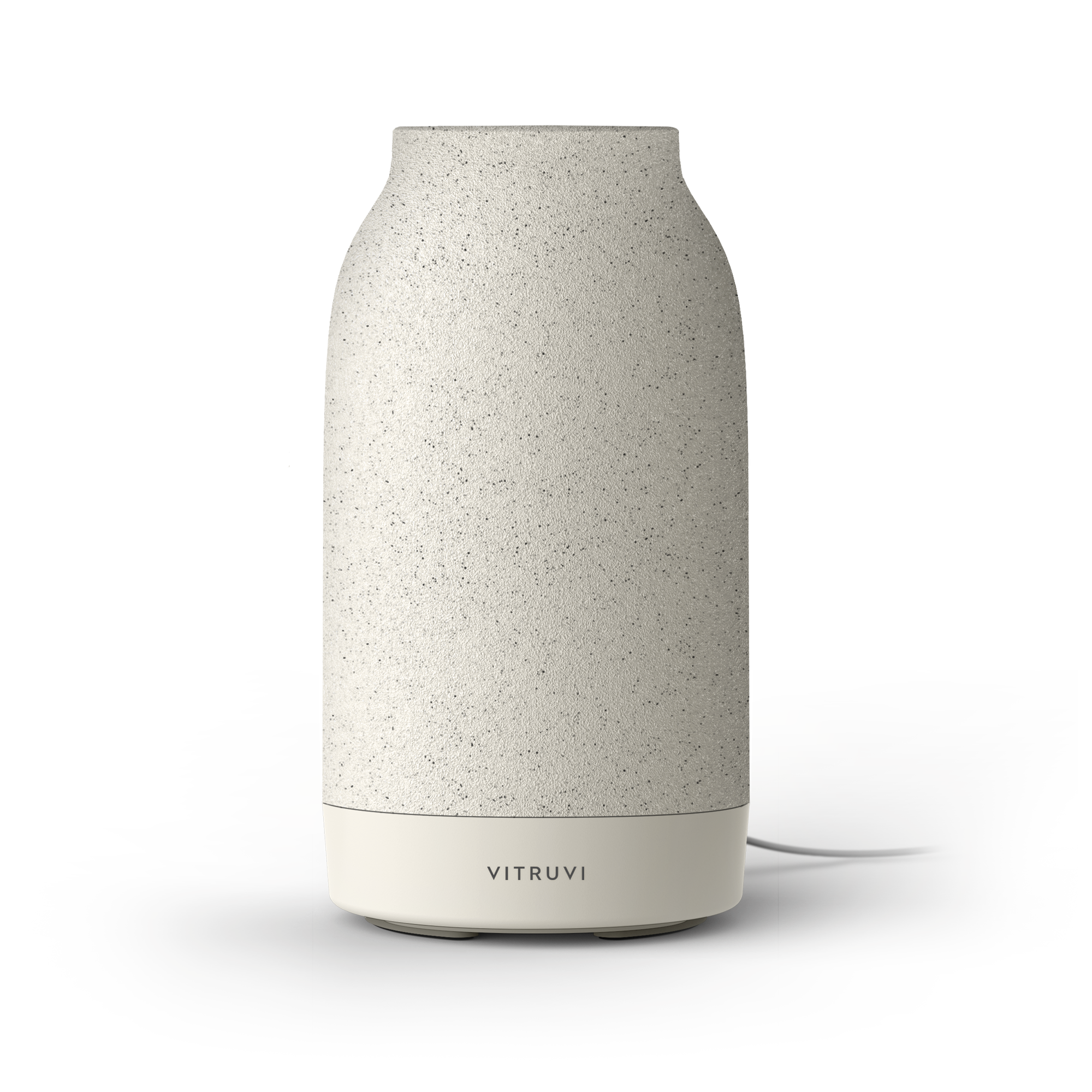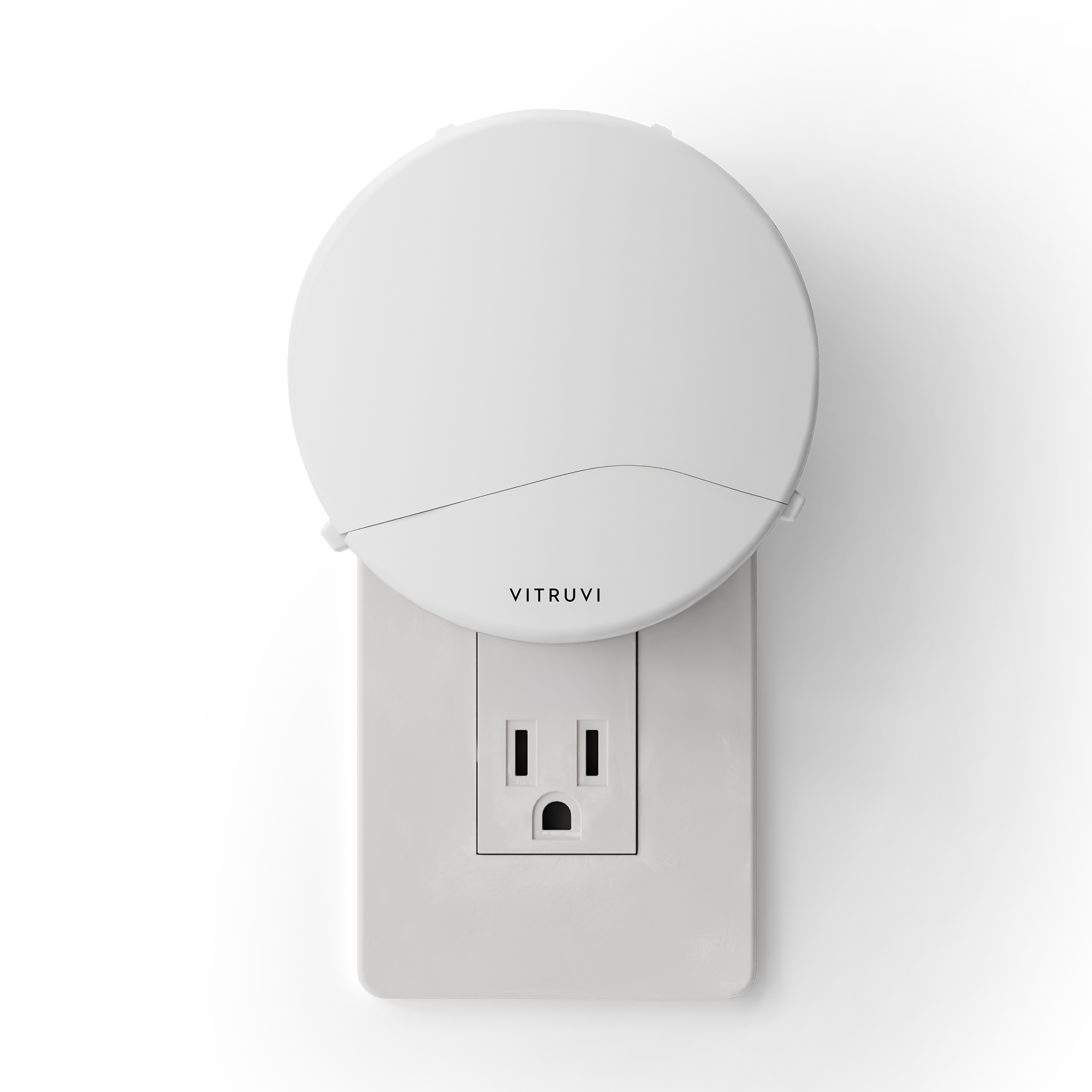“It’s funny because I don’t know quite what my line of work is,” Emily Forgot says with a smile. It’s a curious thing to admit, that is perhaps until you view Forgot’s body of work: a prolific offering spanning illustration, window display (for Harrods and Selfridges, no less), three-dimensional sculptures, interactive public installations, and more. So Forgot’s work might not easily box up into a neat little definition, but that’s what makes it so special.
The British designer’s most recent work is an exhibition called A Sense of Place, which debuted at the entrance to the 2019 Interior Design Show inside the Vancouver Convention Centre. Standalone walls constructed just for the exhibit showcase her wooden relief pieces, which use wood pieces cut into different shapes and painted different colours to portray doorways, stairs, and other interpretations of architectural spaces.
“For this exhibition I looked at Canadian modernism, so even though the pieces are quite abstracted, the starting point was as lot of the architecture of Arthur Erickson,” Forgot explains as she tours the works, which she sketched and then painted and constructed entirely by herself. “The pieces change depending on who I’m researching and referencing. I like there to be some design historical element to what I’m doing so that there’s more of a narrative—and maybe people will learn about a certain designer through looking at my reinterpretation of the work.”
Before beginning any project, Forgot spends a healthy amount of time doing research on her chosen subject. She’s a self-described interior architecture geek and deeply loves learning about its leaders, techniques, and triumphs. “I’ve always been interested in how we live in spaces and why you feel a certain way in a certain space,” she explains. For A Sense of Place, she researched the work of Erickson and other Canadian architects, channelling their creations—even though she had not yet been to Canada.
“Now that I’m here, I think I probably would have been a lot wackier,” she says of A Sense of Place. “Maybe I’d have referenced all of the postmodern buildings that you’ve got, the crazy towers—there’s some really unusual postmodern architecture in Vancouver.”

Still, the pieces that make up A Sense of Place successfully conjure the look and feel of the Canadian West Coast, albeit in a non-traditional way; Forgot’s use of colour does this first and foremost, as she branches beyond the typical dark blues and greens into maroons, yellows, oranges, aquas, pinks. For her, choosing a colour palette is a crucial part of the process, and there is a delicate art to finding hues that match—as well as ones that don’t quite match, which is important to her, too.
“I was talking to someone about it—it’s the same way that perfumers make their scent, there’s always a bit of a note that is a bit off, a strange smell, and I think as human beings, we need that,” says Forgot. “Someone was asking me earlier why didn’t I just make something digital. And I think it’s because I don’t want things to be too perfect. It's nice to see a handed something, or something a little bit wrong—the human element. So with the colours it’s quite intuitive, putting together a palette and finding colours that feel wrong but right.”
Of course, that quest for contrast doesn’t mean that she isn’t a perfectionist. “I am, but then I think I try to embrace the wrongness as well. It’s the right kind of wrongness,” she explains. “So I am a perfectionist, because it has to be the right wrong, as opposed to the wrong wrongness.”
Her next project with which to explore the “right wrong” is a little more personal: Forgot is taking some much-needed time off following back-to-back design festivals in order to decorate her new home in the seaside British town of Kent. The house was built in the 1960s, and it has colourful paint absolutely everywhere—even the ceiling. Which is a new challenge for her in itself.
“Before, everything was just white. It was almost like there was too much colour in my brain to actually live with it. But then moving into this house, we’ve moved into the most colourful house,” she says with a sense of wonder. “It’s yellow and blue on the outside, it’s got a lot of the late ‘50s colour palette. We’ve got all different-coloured cabinets. It’s insane.” She wants to keep the colour personality of the home but subdue it a bit, using only shades that would have been available in the 1960s and diving deeper into that sense of a right kind of wrong. “I’m going,” she says, “to get really geeky about that.”

